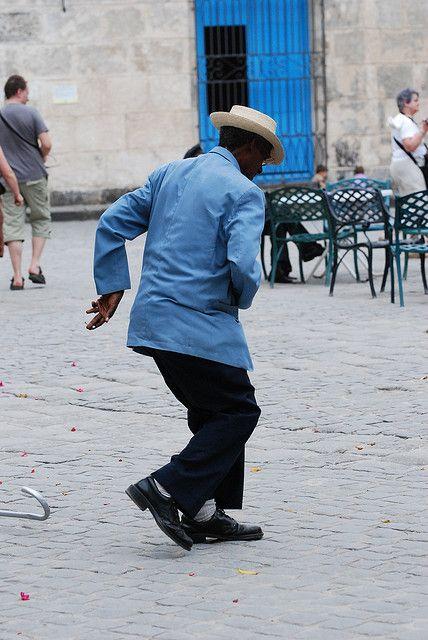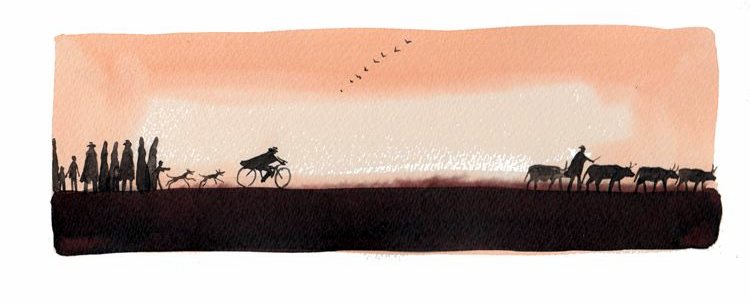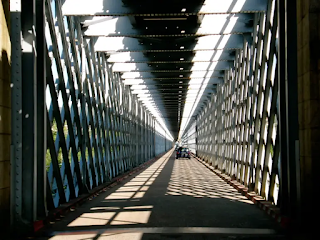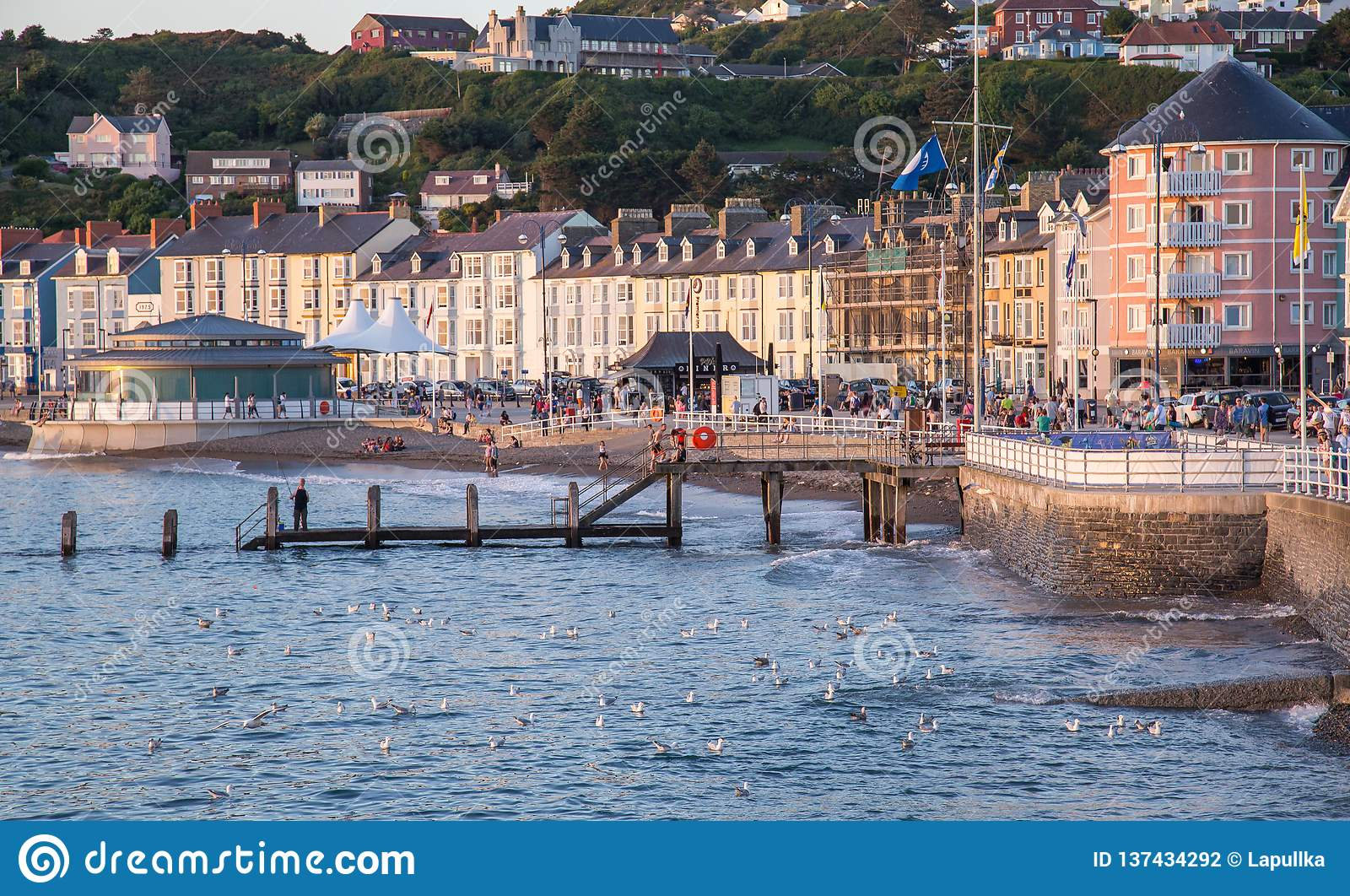It is hard to convey just how fascinating Cuba is. You are expecting the Caribbean heat and the salsa beat, the big cigars and murals of Che, icy mojitos and Ernest Hemingway. That’s a gimme. You love to see the pristine 1955 Chevy Bel Air in its original art-deco green, the boot steps of conquistadors echoing down narrow streets, transport you back through the centuries. It is an astonishing place to see, but then, you knew that before you came.A few days later though, and the mask starts to drop and you start to see the reality behind the make-up. Here are a few facts you did not know. The monthly salary is $25 (if you are a doctor or a bin-man). Cuba has 0% illiteracy and the highest percentage of doctors in the world. You cannot buy Coca Cola and a pint of milk is given to school children every day but is virtually unavailable to anyone else. There is no private internet here and mobile phones are close to useless. Boats and marinas are guarded by razor wire and soldiers as Miami is only 90 miles north and the temptation is huge. There are no shops you will recognise and no international restaurant chains. Don’t even think of a McDonalds.
The politics are complicated here. Those whose family members have ‘escaped’ to America are seen, at some level, to be traitors. And yet, if those escapees send back $100 a month to their family in Havana, these traitors are now quite wealthy. This causes division. If you work in the tourist industry you will get tipped in dollars. A good tour guide will earn more in tips in a day than an engineer earns in a month. This causes division. There is a split currency, where a local pays 5 pesos for a beer and you pay 5 dollars for the same beer. There are 100 pesos to the dollar. This causes division.
It was a relief to get out of Havana, get a bit of space to process all we have seen. We are on the Che Guevara highway filling up with gasoline when we are approached by a group of soldiers. They are a rag-tag bunch of teenagers with ill-fitting uniforms, but the Kalashnikovs casually over the shoulder guarantee they have our attention. “Where are you going?” one asks with a heavy accent. “West,” I said “To Pinar del Rio”.
Transport in Cuba is limited. There are very few cars on the road, in fact, fewer than in 1940’s Great Britain. There is very little public transport and to have a half empty car is considered sinful. It is against the law for a state owned vehicle to pass a hitch-hiker. And so we end up with 4 armed child-soldiers accompanying us on our trip west. You can smell the oil on the guns, the socks and the old cigar smoke. You can smell what they had for lunch. It is quite a heady mix and, in the tropical midday heat, it proves too much for my wife and she gets quite sick out the passengers window. The remainder of the journey is very unpleasant.
We arrive in Aguas Claras, a state run resort in the tobacco mountains, that promises mud baths, saunas, massage and relaxation. Our bags are taken by a young man, Rodrigo, and he guarantees fantastic times as he brings us to our cabin in the woods. Rodrigo is the barman as well that night and also the chef, although, as he explains, the lorry has not come from Havana this week so the only option on the menu is pork and beans, Maybe chicken next week?
The following morning, before the sulphur baths, we are required to see the doctor to ensure we are fit enough. Like a low budget play, Dr. Rodrigo enters complete with this morning’s costume of a white coat, stethoscope and broad smile. He tells us disrobe for our physical and just as I start to object I realise my wife is already togging off in the corner. And all to lie in a clammy bath off eggy, sewagey, mud.
That evening we had booked Tango lessons up in the bandstand but my wife still had a tummy bug and was confined to bunk. Undeterred, I went alone (our hut was stinking), although when I say alone, I mean no one apart from me and the instructor turned up. I was a bit freaked out, but Rodrigo was committed and not at all uncomfortable with a bit of man-on-man dancin’. As the lesson progressed an electric storm broke low over the Caribbean beneath us. There was fork lightning, religious in its theatre, and thunder like the roll of an immense and remote drum beating the charge of the gale. Palm trees swayed and gyrated giving background drama as we danced La Cumparsita.
Was it the worst place I have been to? No, of course not, I’ve been to Birmingham. I’ve been to Lanzarote. But it was challenging and bewildering and truly foreign. I also think that, with a bit of practice, Rodrigo and I could have really gone places.
Getting There: You can fly Dublin to Havana for a little more than €600 return with Air France. Go from Cork via Paris for a little more.
Don’t Forget To Pack : Outside of Havana food can be scarce and scary. You will always get bread so pack some tins of tuna/salmon/crab and when times get tough at least you can have a sandwich you recognise. Bring a good guide book and some maps. Phones are useless. Credit Cards are rarely accepted. There are a few ATMs but carry cash. Remember cash?
My Alternative : Trinidad & Tobago at the other end of the Caribbean archipelago has a similar unique atmosphere with a little less communism and a language you can understand.

¡Hasta la victoria siempre baby!

A pink car-nation

Our Man in Havana

Last Tango in Cuba














